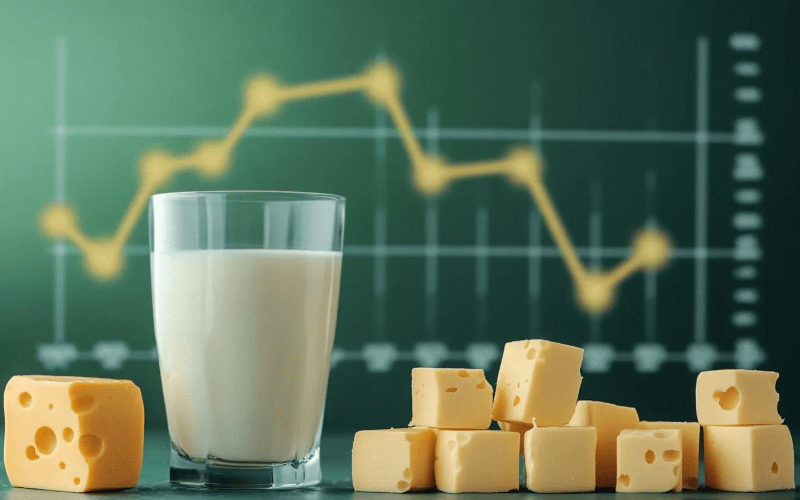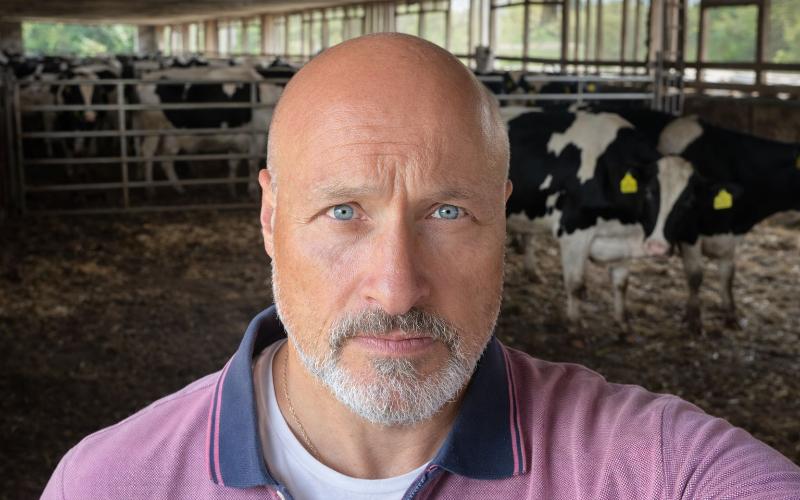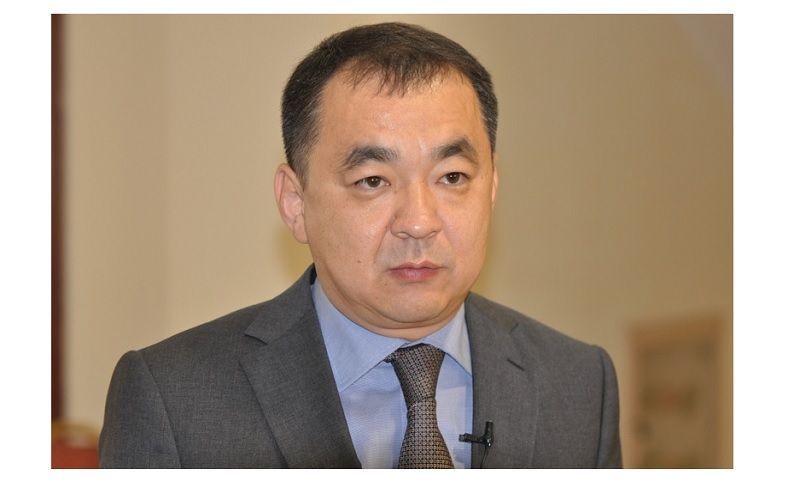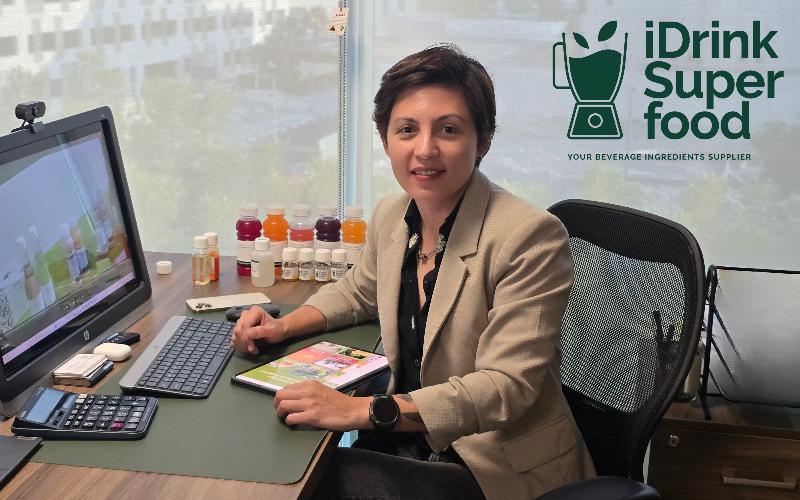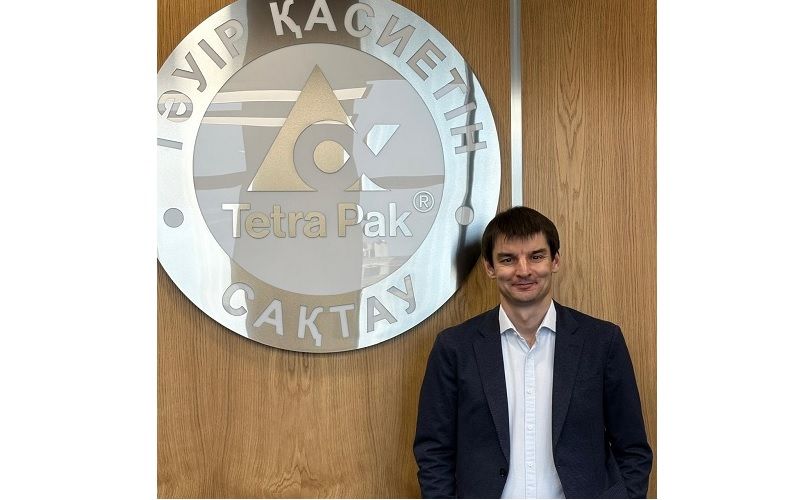Indonesian Dairy Farmers Concerned Over Planned Cattle Import
Sourse: in.edairynews.com
Indonesian dairy farmers express concern over the nation's plan to import 2 million cattle by 2029 to meet a rising domestic milk demand.
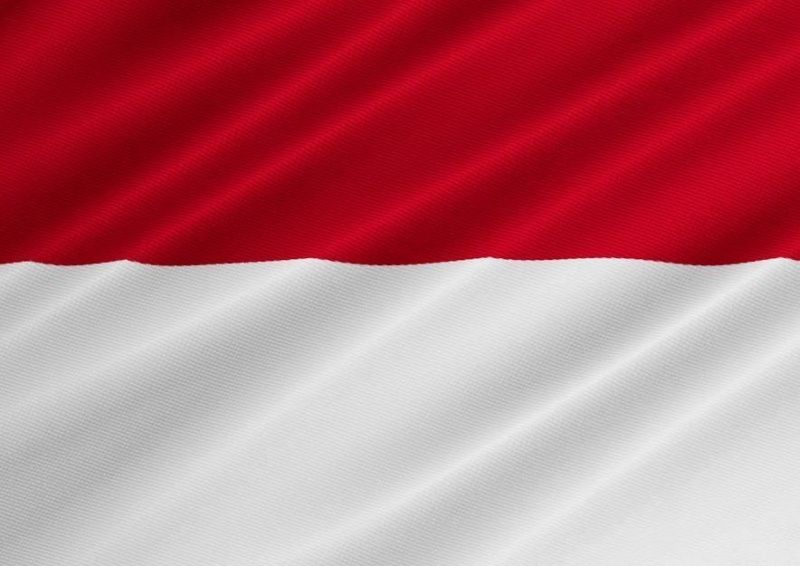
Indonesia's dairy farmers are increasingly concerned about the government's plan to import 2 million cattle by 2029 in an effort to satisfy the country's growing demand for milk.
The proposal, designed to reduce Indonesia's heavy reliance on milk imports—which currently account for over 80% of domestic consumption—is part of a broader strategy associated with a free-meal programme aimed at combating malnutrition among students and vulnerable groups.
This programme requires an additional 8.5 million tonnes of milk annually. While the initiative promises to bolster local agriculture, farmers like Gosyim Romansyah, who operates a farm near Mount Semeru in East Java, highlight significant challenges ahead.
These include competition for agricultural land, the provision of suitable feed, and the threat of diseases among imported livestock. Similarly, Misbahul Munir, another local farmer, points to the recent foot and mouth disease outbreak that necessitated a government-led vaccination campaign.
Indonesia is now also turning to new sources, such as Brazil, to expand its cattle imports while securing 90,000 hectares of land intended for cattle breeding in provinces like Central Sulawesi.
As the nation grapples with the logistics of scaling its cattle population, there is a pressing need for government support in ensuring that disease management keeps pace with the growth of the cattle industry.
The proposal, designed to reduce Indonesia's heavy reliance on milk imports—which currently account for over 80% of domestic consumption—is part of a broader strategy associated with a free-meal programme aimed at combating malnutrition among students and vulnerable groups.
This programme requires an additional 8.5 million tonnes of milk annually. While the initiative promises to bolster local agriculture, farmers like Gosyim Romansyah, who operates a farm near Mount Semeru in East Java, highlight significant challenges ahead.
These include competition for agricultural land, the provision of suitable feed, and the threat of diseases among imported livestock. Similarly, Misbahul Munir, another local farmer, points to the recent foot and mouth disease outbreak that necessitated a government-led vaccination campaign.
Indonesia is now also turning to new sources, such as Brazil, to expand its cattle imports while securing 90,000 hectares of land intended for cattle breeding in provinces like Central Sulawesi.
As the nation grapples with the logistics of scaling its cattle population, there is a pressing need for government support in ensuring that disease management keeps pace with the growth of the cattle industry.
Key News of the Week



